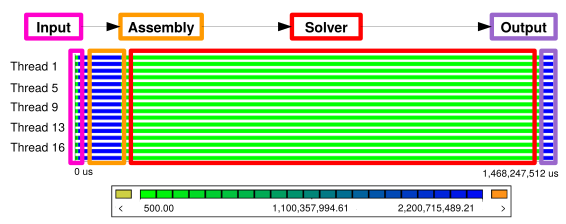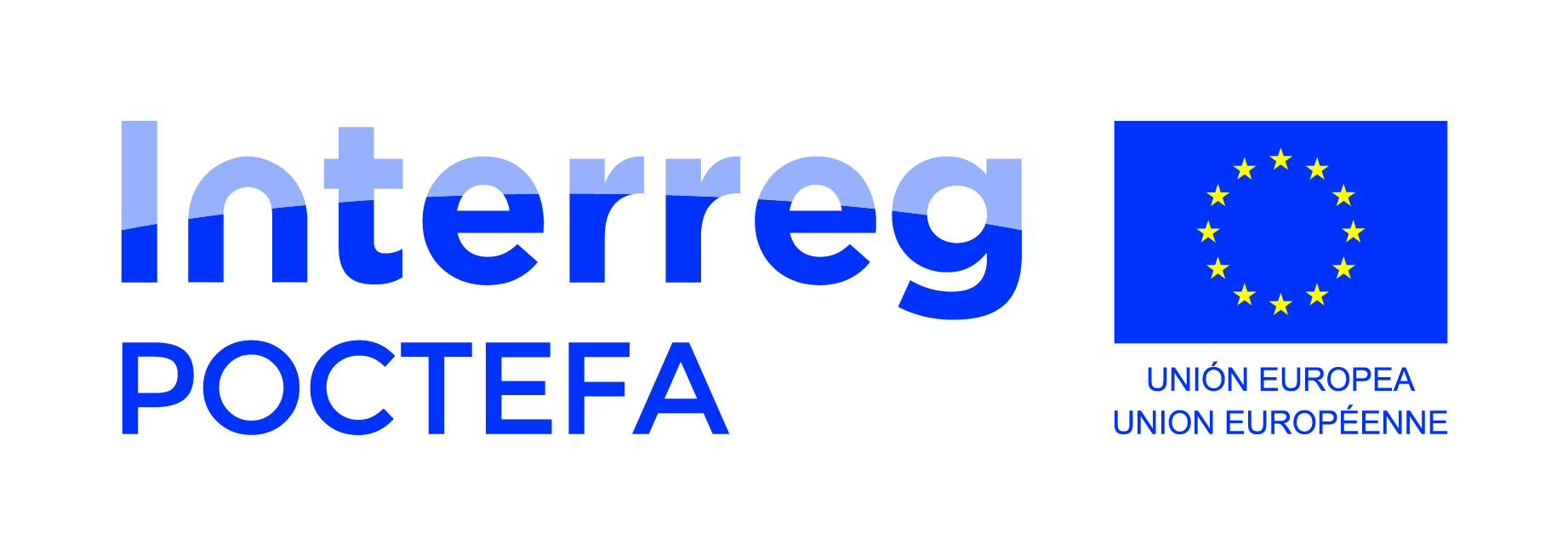
Fig. 1 Main computational phases in PETGEM, which are studied and improved in the scope of the PIXIL project. Here, the useful duration is plotted for each CPU as function of time.
The Barcelona Supercomputing Center (BSC) works on the development and improvement of the PETGEM code for the modeling and inversion of electromagnetic data in the geothermal energy sector. This effort aims to promote the growth of geothermal energy in the cross-border area between Spain and France, creating conditions and opportunities to better advance the energy transition. This research and development activity is carried out within the PIXIL project (Pyrenees Imaging eXperience: an InternationaL network), whose main objective is the generation of highly differentiating and innovative knowledge in the context of geothermal energy.
Therefore, the BSC is working on the development of the next version of the PETGEM modeler in order to support more robust numerical strategies, new electromagnetic methods, and better computational strategies. With this, it is expected to have a next-generation HPC code that allows solving increasingly realistic problems in terms of their physical parameters without sacrificing computational performance and numerical precision. In this sense, the PETGEM version under development will support the magnetotelluric modeling method and Bayesian inversion routines. In addition, it will include mesh refining techniques both in h (characteristic size of the elements) and in p (polynomial order of the bases of finite elements). To do this, the BSC collaborates with partners of the PIXIL project such as the Basque Center Applied Mathematics (BCAM), the University of Barcelona (UB), and Geode-solutions.
It should be noted that this work integrates academia and industry. In this way, you have the best of both worlds to obtain a robust, precise, and versatile HPC code that contributes to the objectives of PIXIL. Once the new version is finalized, the members of the PIXIL project will validate it in relevant geophysical models which generate innovative knowledge for the cross-border geothermal sector.



